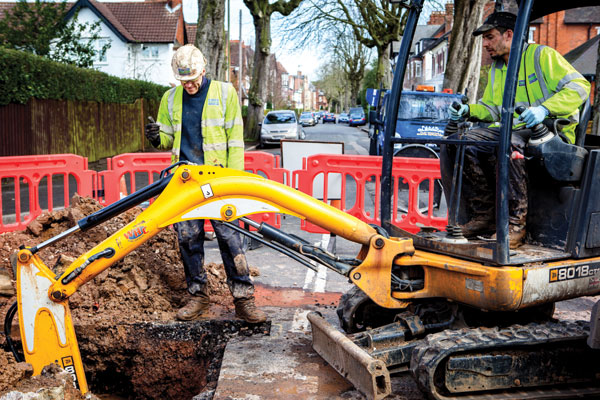Our series on issues around the CON29DW looks at a rare but potentially serious situation.
Although public sewers within property boundaries are common, it is relatively unusual for a water main to pass through private land.
There’s a number of reasons for this. Firstly, water companies have a lot more control over where water mains can be laid. Because sewers generally work through gravity, their location tends to be determined by the topography of the land, and passing through private property is sometimes unavoidable. Water mains on the other hand are pressurised, meaning that they do not need to work with gravity, and can therefore be laid where best suited. Sewers and lateral drains within property boundaries are also often public; water pipework within boundaries tends to be the responsibility of the property owner.

Sewers within property boundaries also tend to be small, and generally only serve a few properties. Although water companies take steps to protect these, a collapse or burst tends to not be overly serious due to the small number of properties involved. Main sewers are – whenever possible – located in public land. Water mains on the other hand, generally serve a substantial number of properties – in some cases thousands – and operate under pressure. A burst in one can therefore have catastrophic consequences.
Because of this, water companies will in no circumstances allow them to be built over or near. How close you can build to a main will vary depending on its size and capacity.
Should you wish to develop in a location where there is an existing main, this may be possible, but the main will need to be diverted. This is a specialist and expensive job, carried out by the water company, but done at the property owner’s expense.
Water mains also tend to require more maintenance than sewers. The companies have statutory rights of access to private land for the purposes of repair and maintenance of their assets. This includes being able to excavate in order to reach mains, and although they will always repair any damage done within reason, it can still be inconvenient for property owners.
Fortunately though, as we stated earlier, water mains within property boundaries tend to be extremely rare. Should one be highlighted on a CON29DW, there can be serious ramifications – especially around development – and we would strongly recommend investigating any potential problems this may cause.
